What is Braised Radish? (Mu Jorim) 무조림
Mu Jorim (Moo Jorim, 무조림) is a Korean braised radish stew. It typically features spicy seasonings such as green onions, garlic, and red pepper flakes that give it a bold and flavorful kick. The highlight of mu jorim is the tender texture of the radish, which is infused with the rich, savory, and slightly sweet flavors of the sauce.
On cold days, Koreans often enjoy mu jorim with a bowl of warm rice, finding comfort and warmth in this simple yet satisfying dish.
Simple and Easy Tuna Braised Radish
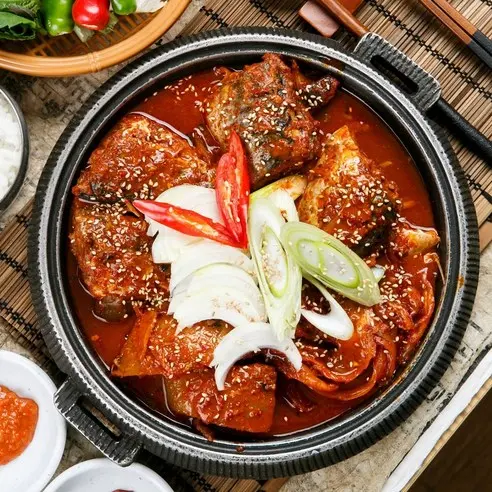
Tuna braised radish (참치 무조림) has its origins in the classic Korean dish mackerel braised radish (고등어 무조림). This traditional dish is made by simmering mackerel and radish together in a spicy sauce. The flavors of the sauce penetrate deeply into the mackerel, creating a tender, melt-in-your-mouth experience. Mackerel is one of the most popular fish in Korea, and Braised radish with mackerel is a staple of Korean home cooking.
However, Braised radish with tuna (참치 무조림) offers a much simpler and easier alternative to its traditional counterpart. Without the need to handle fresh fish, it’s a convenient dish that many younger Koreans enjoy making these days. Let’s explore why you need to try Tuna Stewed Radish in your kitchen!
Why Braised Radish with Tuna is the Ultimate Simple Comfort Food
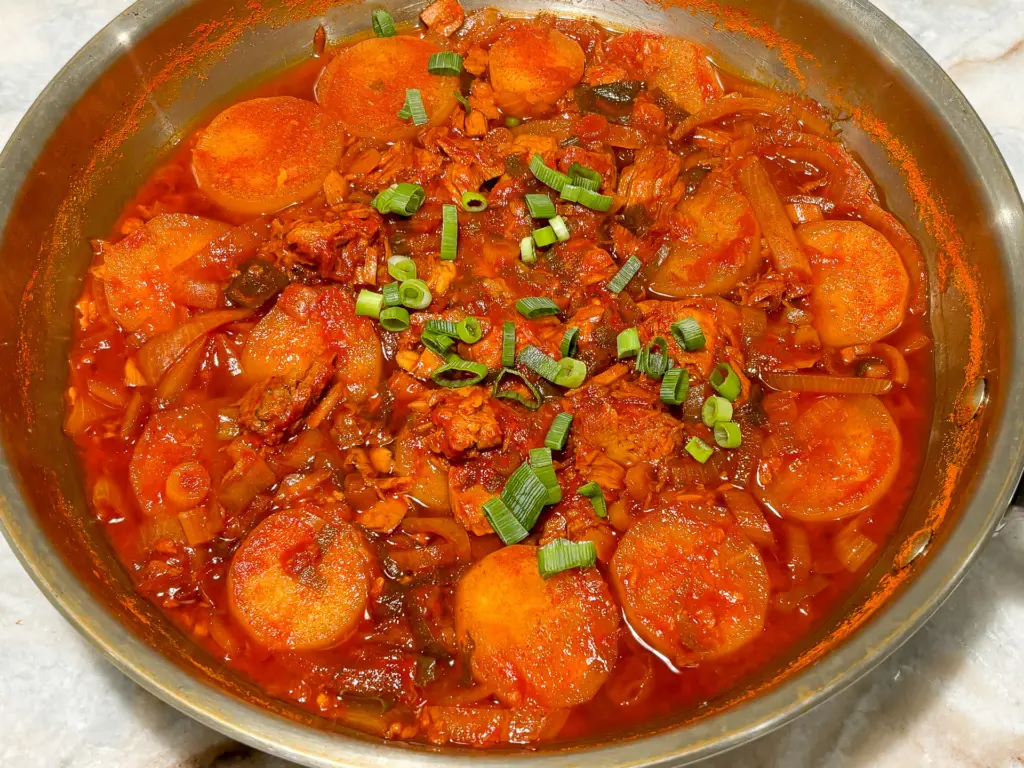
No Preparation Required
Unlike mackerel, which needs to be cleaned and prepared, canned tuna is ready to eat right out of the can – no extra work required!
Shorter cooking time
While mackerel needs a long cooking time to absorb the flavors, tuna absorbs the seasoning quickly. This means you can have a delicious meal in no time!
More budget-friendly
Canned tuna is more affordable than mackerel. In Europe, a can of tuna often costs around 1 euro, making it an excellent option for a budget meal.
No Fishy Smell
Mackerel often requires additional steps, such as the use of alcohol or ginger, to mask its natural fishy odor. With tuna, you don’t have to worry-it delivers a clean, fresh flavor right away.
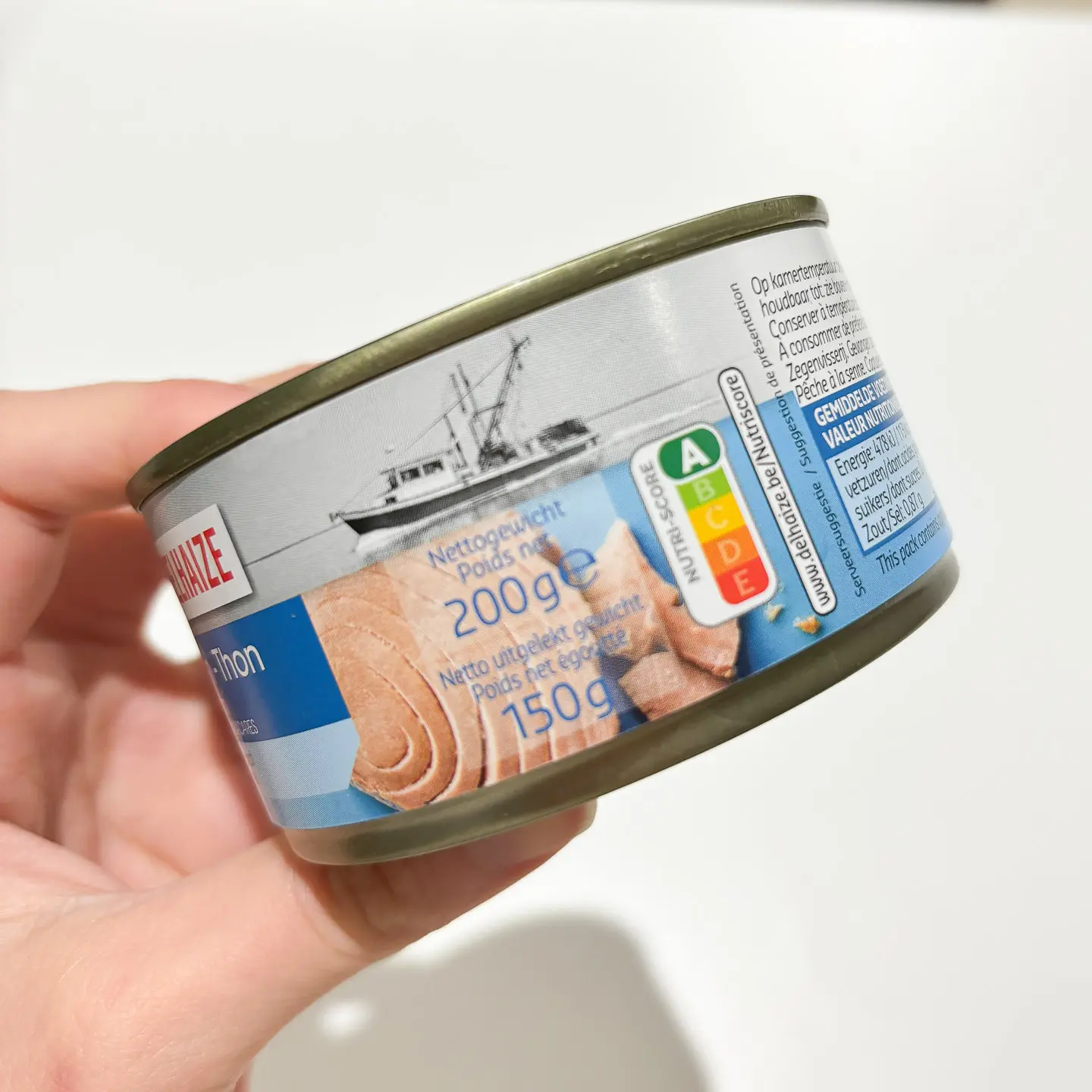
Widely Available
Fresh mackerel can be hard to find in some countries. In Belgium, for example, I often have to go to a specialty fish store to buy mackerel because it’s not widely available in regular supermarkets. Canned tuna, on the other hand, is sold everywhere, which makes it incredibly convenient.
Easy to Eat
With mackerel, you have to pick out the bones as you eat, which can be a hassle. Tuna, on the other hand, is boneless and easy to enjoy – just scoop and eat!
With all these benefits, it’s no wonder that Tuna Braised Radish has become a favorite dish for busy people looking for a quick and satisfying meal!
Western Radish? Korean Radish?
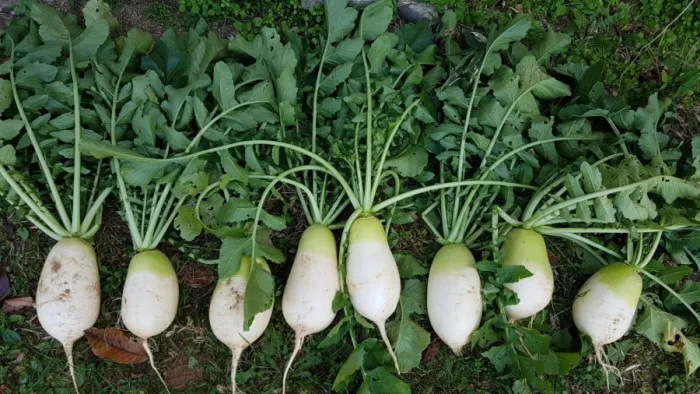
What is the difference between a Western radish and a Korean radish? Korean radishes are fatter than Western radishes and have a distinct green part at the top. Koreans call them “Joseon Mu” (조선 무). The taste of Korean radish is stronger in both sweetness and pungency compared to Western radish.
What Kind of Radish Can Be Used for Korean Cooking Abroad?
Where I live in Belgium, in Europe, it’s hard to find Korean radishes. In Germany, I have seen Korean Radish “Joseon Mu 조선무,” on sale, but they are hard to find in Belgium. Instead, I use daikon radish. Although daikon is less sweet than Korean radish, it is a sufficient substitute for Korean recipes in Europe.
Tips for Choosing Radish
Fresh radishes should feel firm and have a smooth surface with minimal cracks. Heavier radishes are usually better as they tend to be fresher. The leaves should not be wilted, as this indicates freshness.
For Korean cooking, it’s best to choose a thicker daikon radish, as it has a more satisfying texture and holds up well in dishes like mu jorim.
Korean Budget Meal
To reduce food costs, it’s important to use ingredients that are affordable and versatile, such as cabbage or spinach. One of the best budget-friendly ingredients in Korean cuisine is radish (mu). Not only is radish inexpensive, but its large size makes it perfect for making several dishes. It also has a long shelf life – up to two weeks when refrigerated and up to two months when frozen. Let’s take a look at some Korean dishes that use radish.
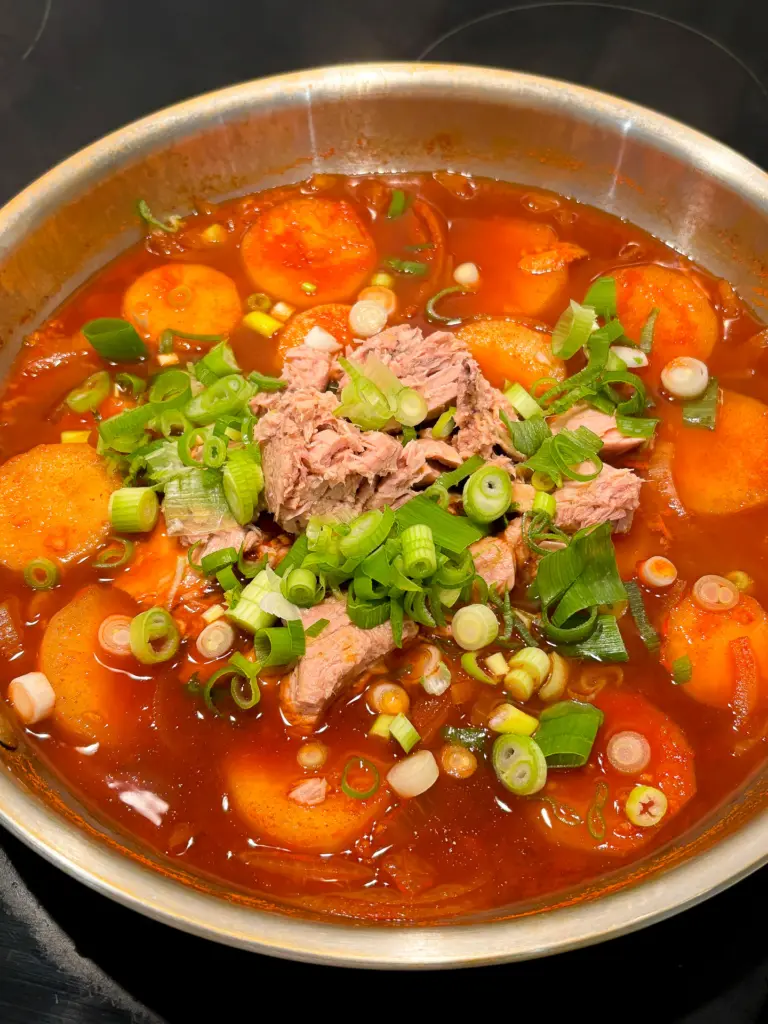
3 Korean Radish Dishes
There are countless Korean radish dishes, from soups and stews to pickles, side dishes, and kimchi. Here are three representative radish dishes in Korean cuisine.
- Braised Radish with Mackerel (godeungeo mu jorim고등어 무조림)
This dish is similar to today’s recipe, but uses mackerel instead of tuna. Mackerel Stewed Radish is the more traditional version. It’s a dish made by simmering radish and fish in a seasoned spicy broth for a long time, resulting in sweet, tender radish and savory, soft mackerel – a perfect harmony of flavors.
- Beef Radish Soup (soegogi muguk 소고기뭇국)
Koreans use radish a lot for soups, but Korean beef radish soup is one of the most iconic soups in Korea. This dish is made by simmering radish for a long time, allowing its natural sweetness to infuse the broth. The beef adds richness and depth, creating a comforting and flavorful soup.
Here’s a really delicious Soegogi Muguk (Beef Radish Soup) recipe! It takes less time than the traditional version, but the flavor is even richer—this is the Easy Soegogi Muguk.

- Cubed Radish Kimchi (kkagdugi 깍두기)
Kkakdugi(깍두기) is a type of Korean radish kimchi made by cutting radish into cubes and seasoning it. Koreans often enjoy kkakdugi with dishes like seolleongtang (ox bone soup) or hangover soups, as it pairs perfectly with warm, hearty meals.

Can radishes be eaten raw?
Yes. In Korea, radishes are often cooked in soups or stews, but they can also be eaten raw in dishes such as radish kimchi (kkakdugi 깍두기) or radish salad (mu saengchae 무생채).
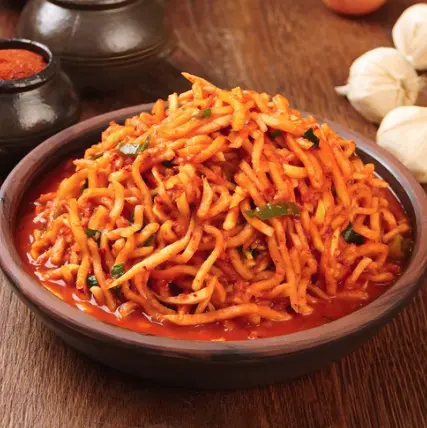
Health Benefits of Radish
Radishes are good for the immune system and are rich in vitamin C. They are also low in calories. Radishes harvested in the fall and winter are much more nutritious and sweeter than those harvested in other seasons.
Real Korean Home Cooked Food, Braised Radish with Tuna

Braised radish (mu jorim) stew is a simple dish with minimal ingredients that anyone can make. It’s a dish that brings the warmth of Korean home cooking to the table. Every time I eat mu jorim(무조림), I’m reminded of the deep love and care my mother put into her cooking.
I hope you too can experience the comforting taste of Korean home-cooked food through this recipe. I look forward to sharing more delicious Korean dishes with you in the future. Thank you!
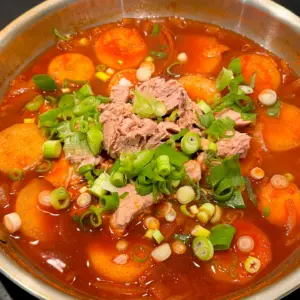
Korean Braised Radish with Tuna (Mu Jorim)
Equipment
- 1 low stew pot or pan
- 1 Knife & cutting board
- 1 peeler
- 1 Spoon
- 1 laddle
Ingredients
- 300 g radish (Korean Mu)
- 1 onion
- 500 ml water
- 150 g tuna
Seasoning Sauce
- 2 tbsp gochugaru (Korean red pepper flakes)
- 3 tbsp soy sauce
- 2 tbsp tuna extract (Korean anchovy sauce, fish sauce is fine)
- 1 tbsp cooking wine
- 1 tbsp plum extract (optional, adds sourness and umami)
- 1 tbsp sugar
- 1 tbsp minced garlic
Instructions
Prepare the Ingredients
- Peel the skin off the radish.
- Slice the radish into 1 to 1.5 cm pieces. (If the radish slices are too thick, you’ll need to cook them for a much longer time.)
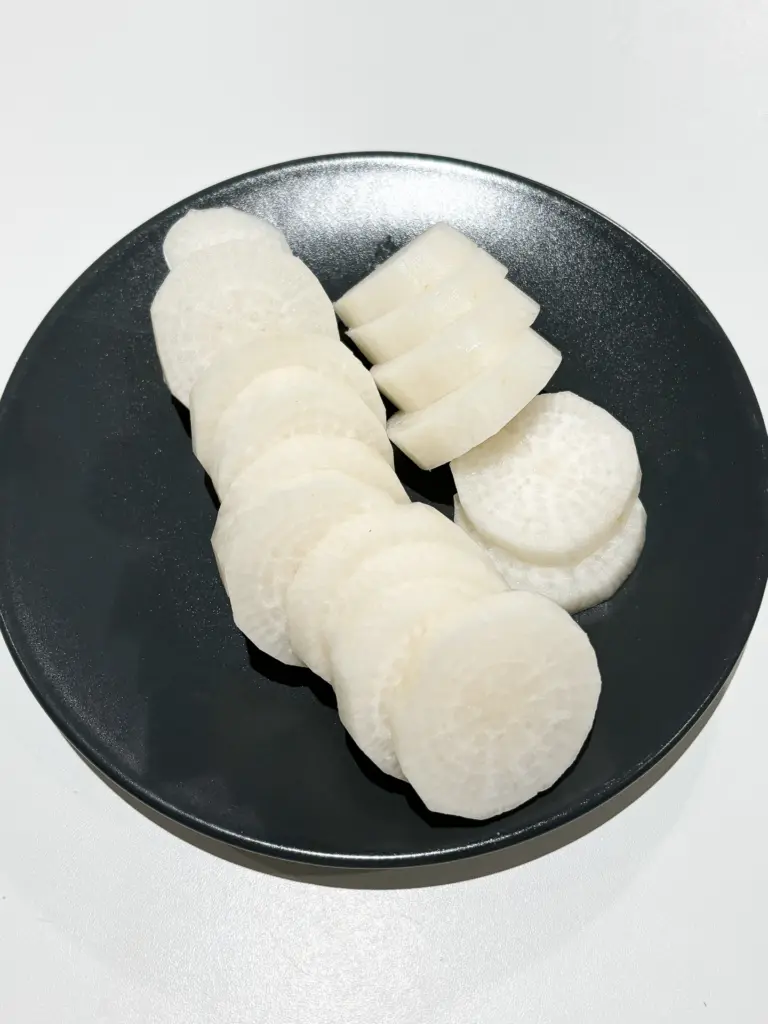
- Chop the green onion into small pieces.
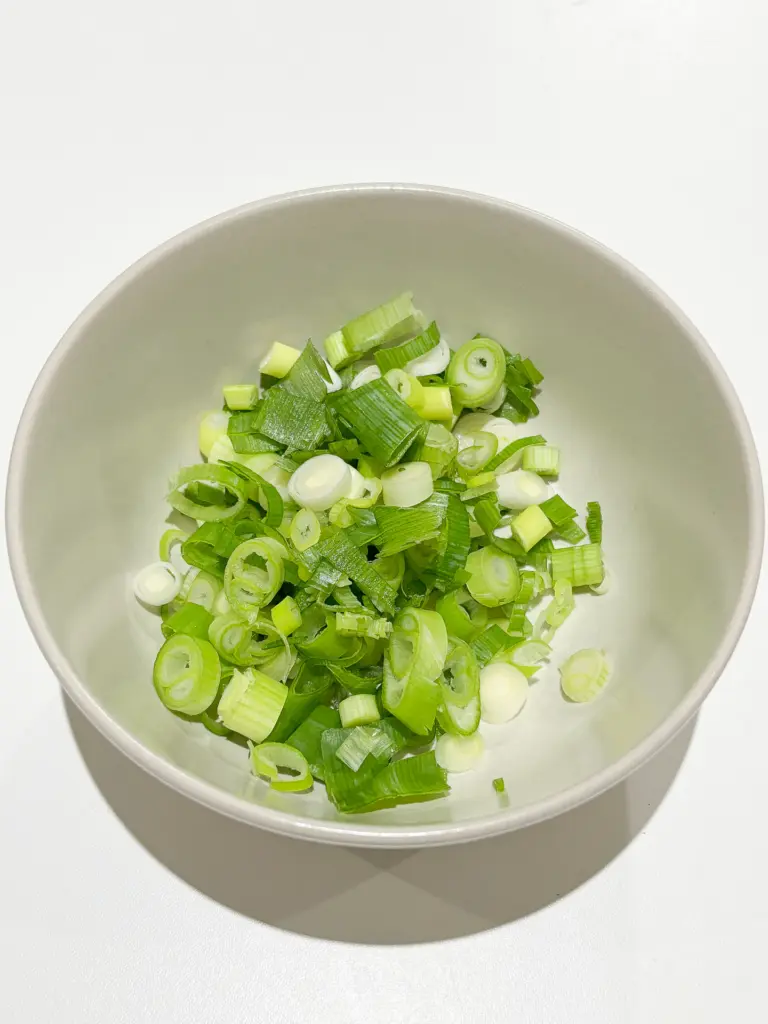
- Thinly slice the onion.
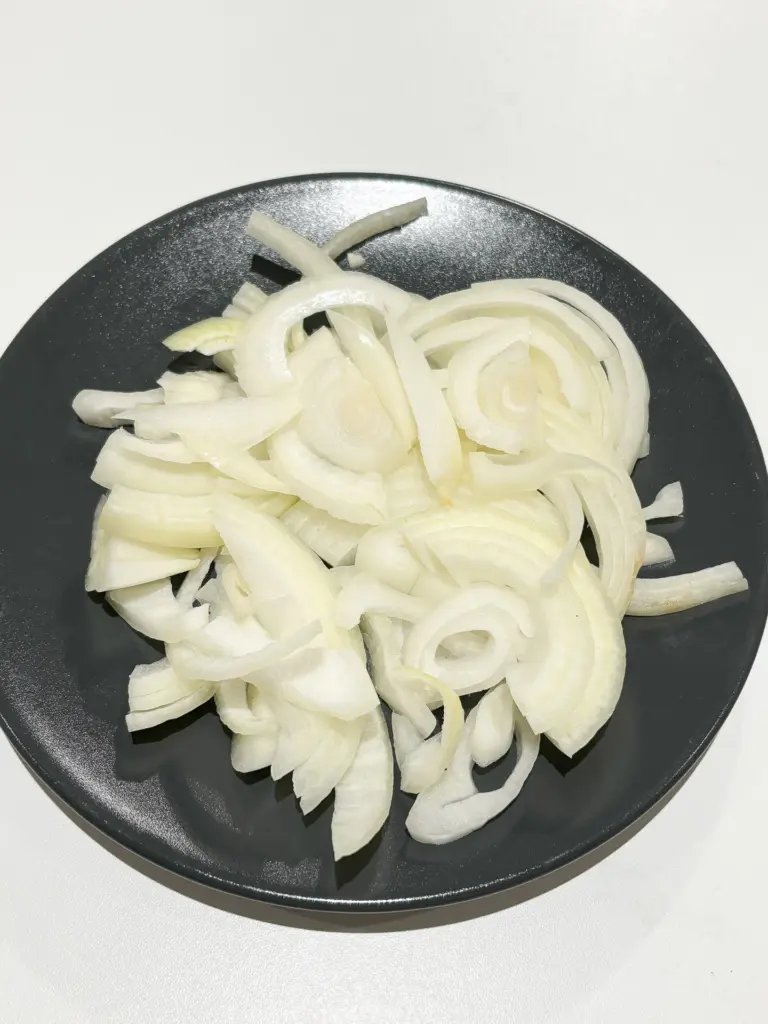
Set Up the Pot
- Place the onion in a pot.
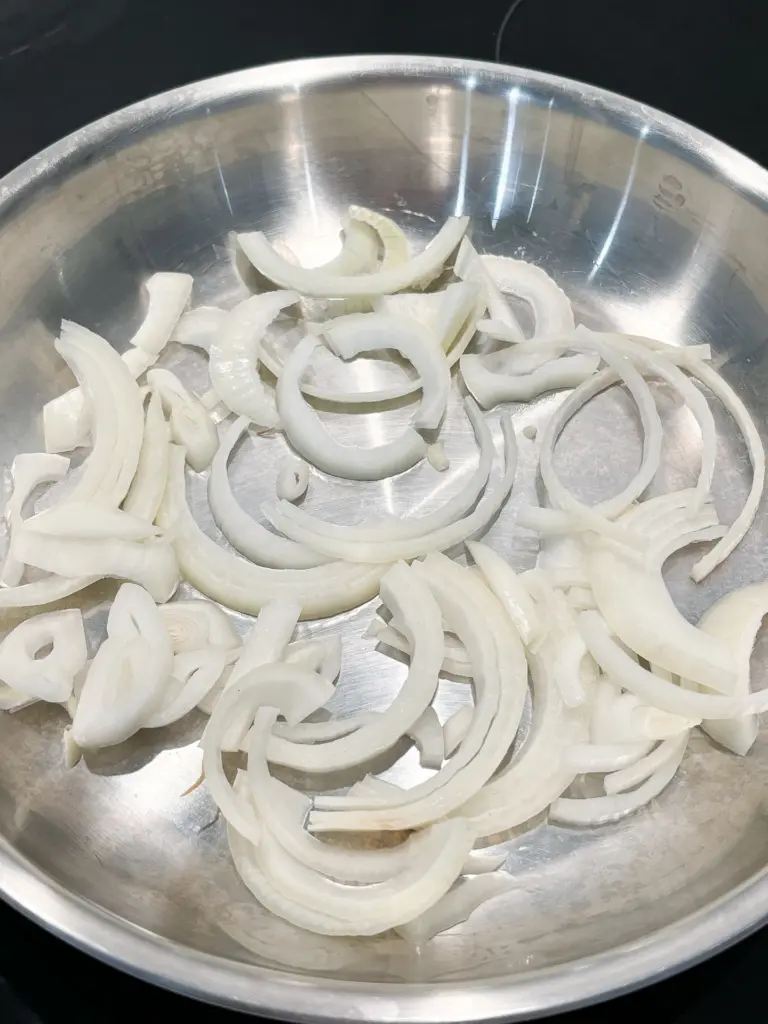
- Place the sliced radish in a pot.
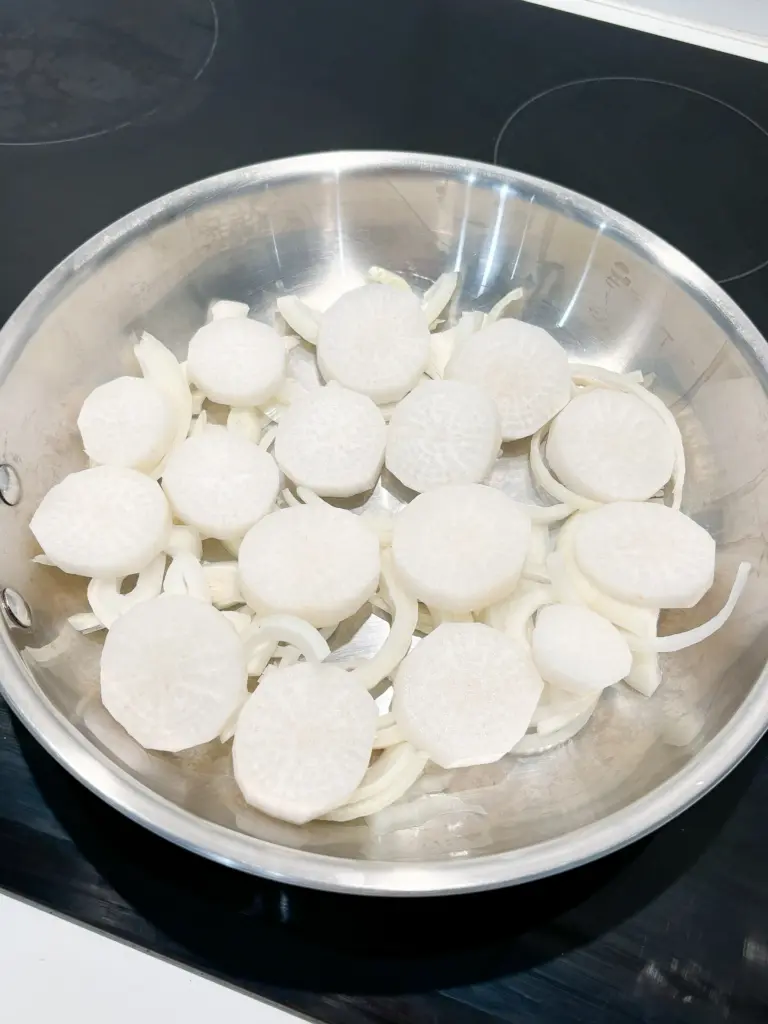
- Make the seasoning sauce using the ingredients listed:
- – 1 tbsp sugar

- – 2 tbsp gochugaru (Korean red pepper flakes)
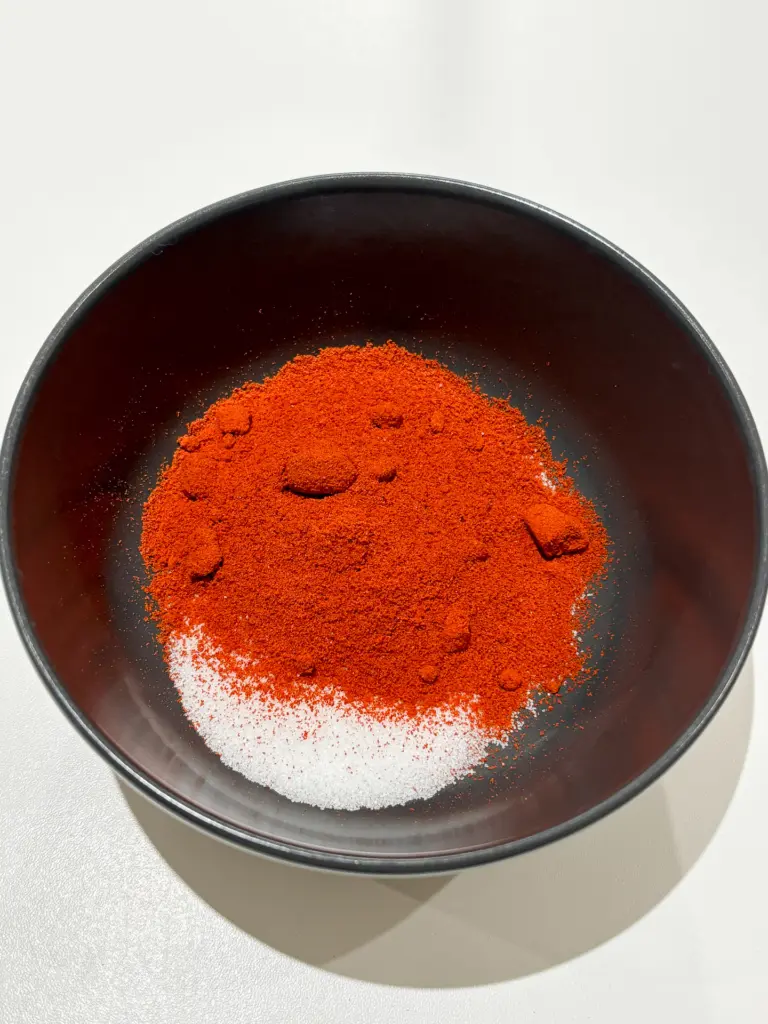
- – 3 tbsp soy sauce (Korean jin ganjang)
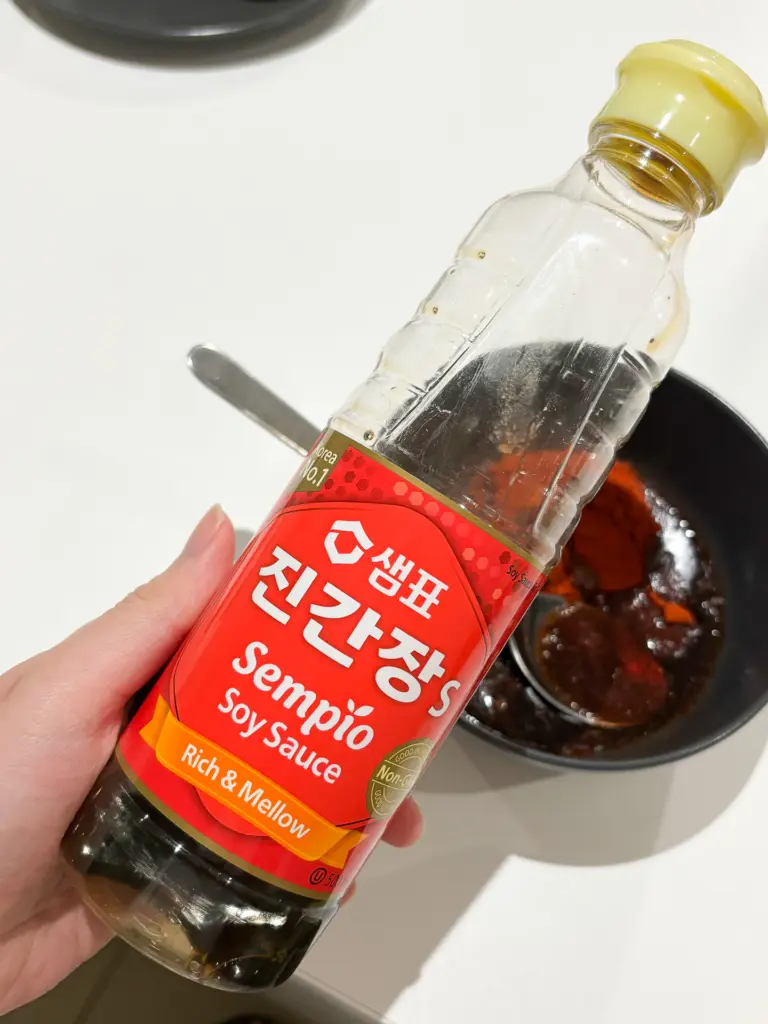
- – 2 tbsp tuna extract (Korean anchovy sauce is fine too)
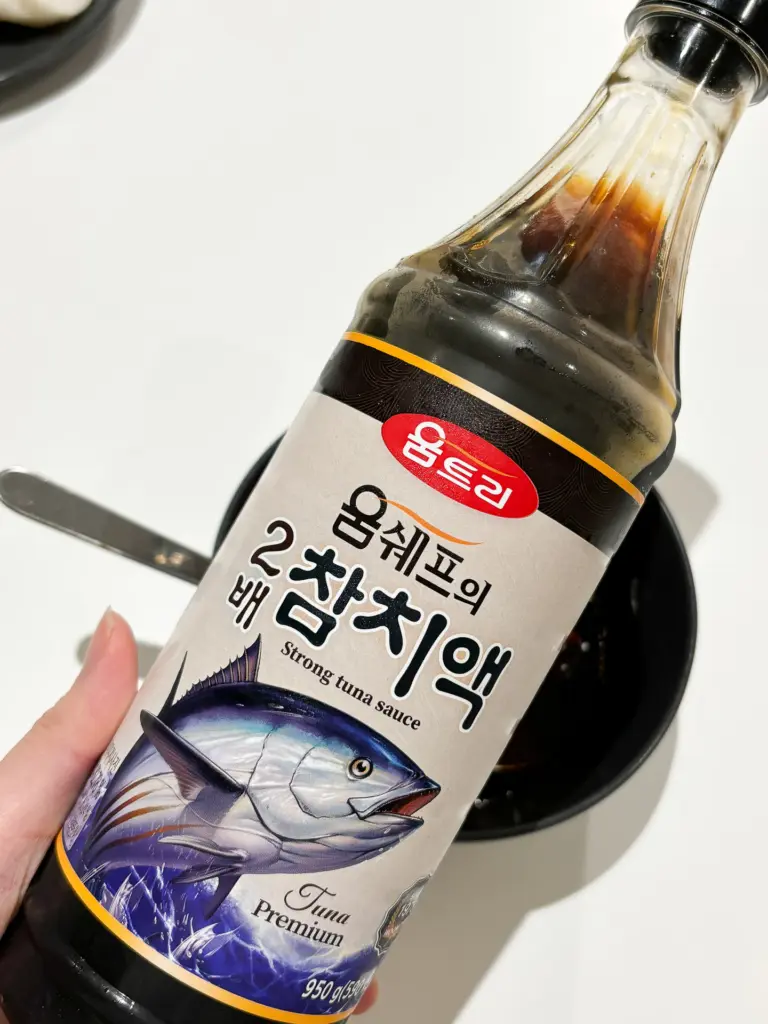
- – 1 tbsp cooking wine (matsul)
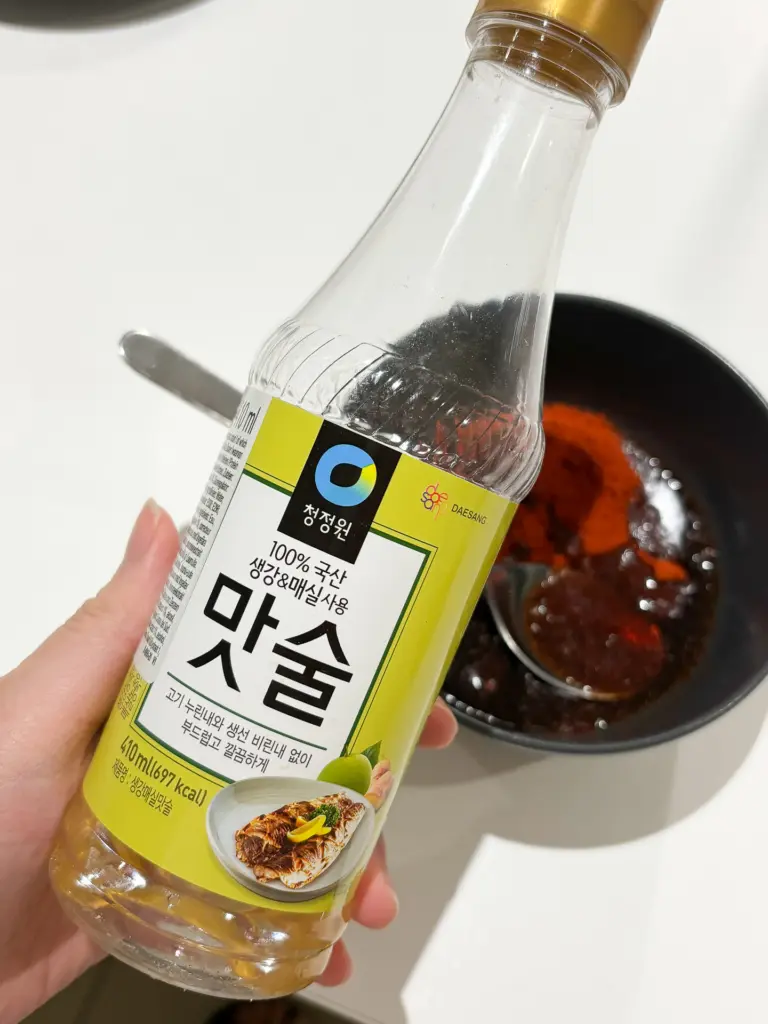
- – 1 tbsp plum extract (optional, , adds sourness and umami)
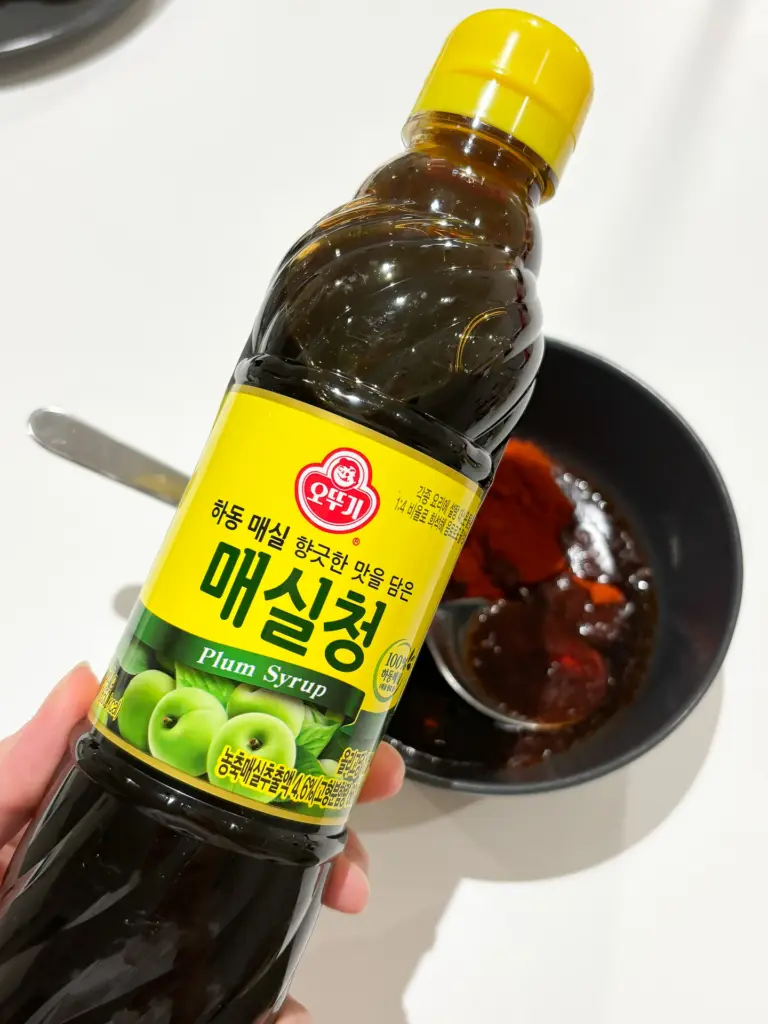
- – 1 tbsp minced garlic
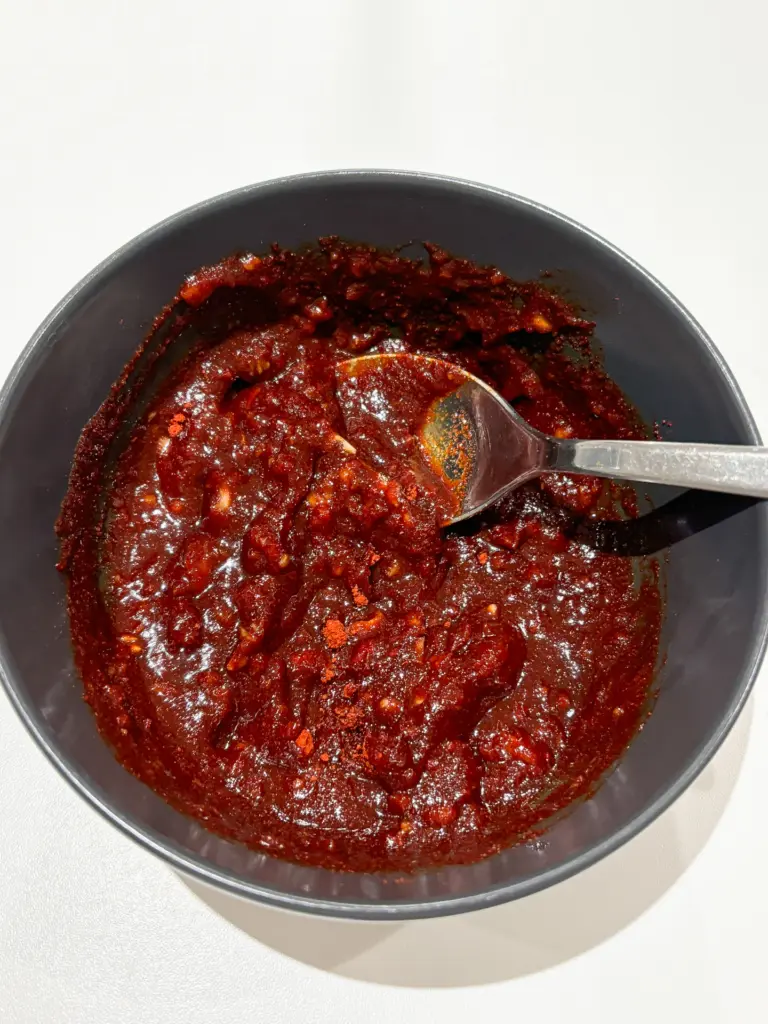
- Pour the seasoning sauce into the pot.
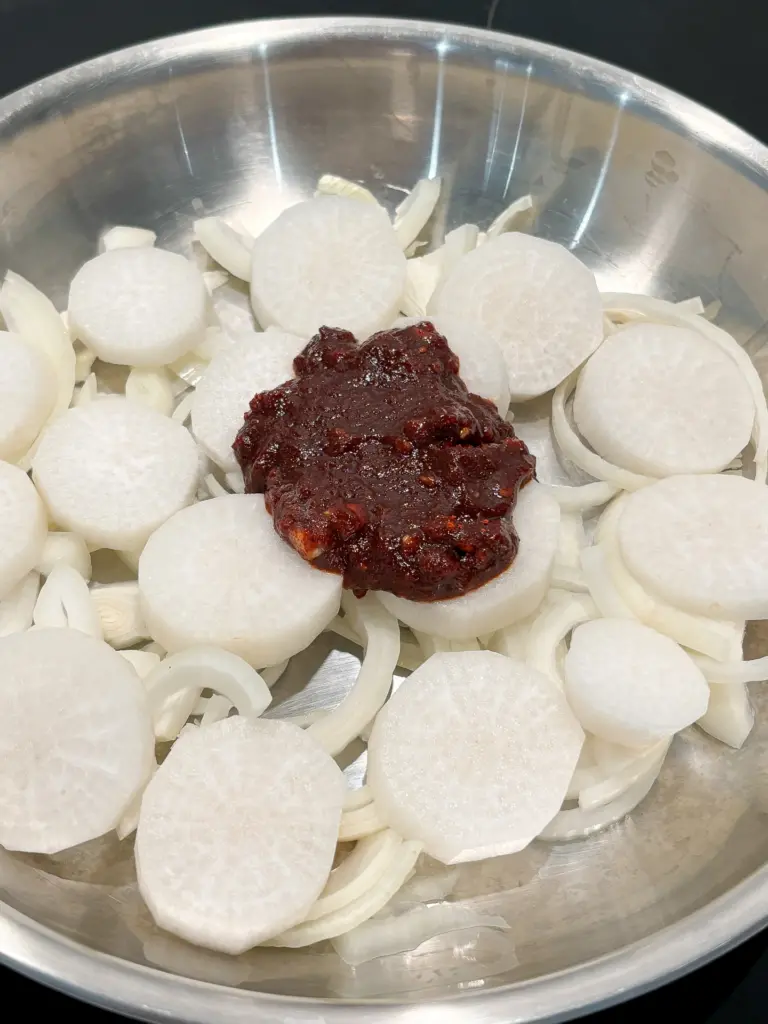
- Add enough water to cover the radish (approximately 500ml).
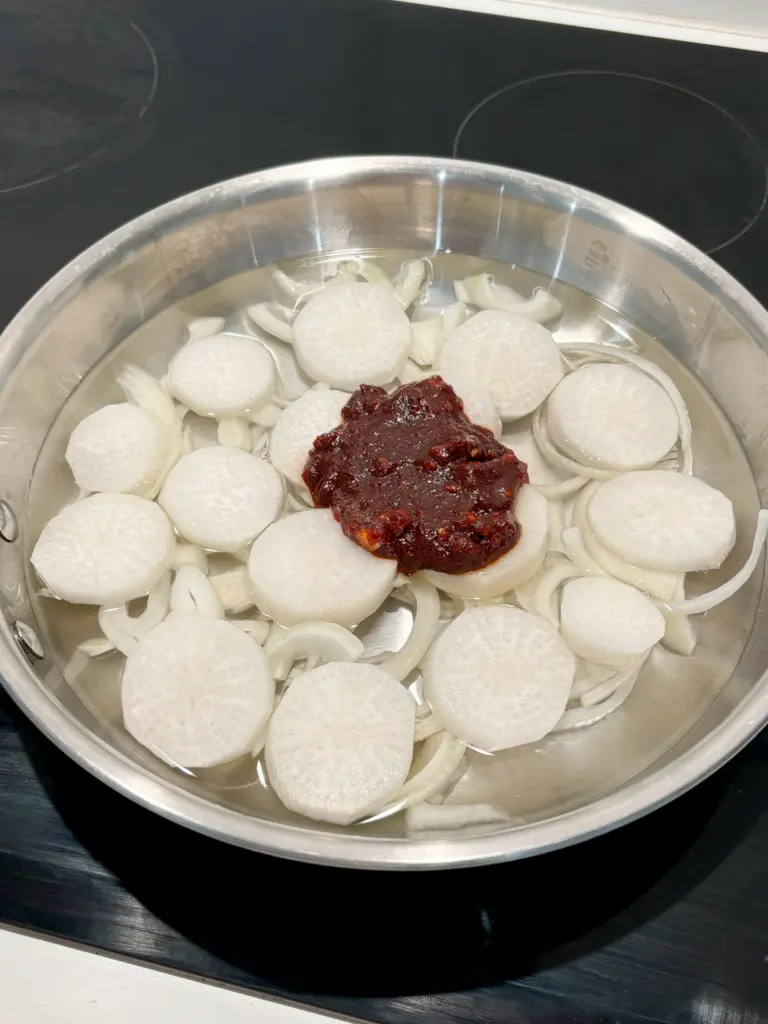
Boil
- Bring it to a boil over high heat.
- Close the lid.
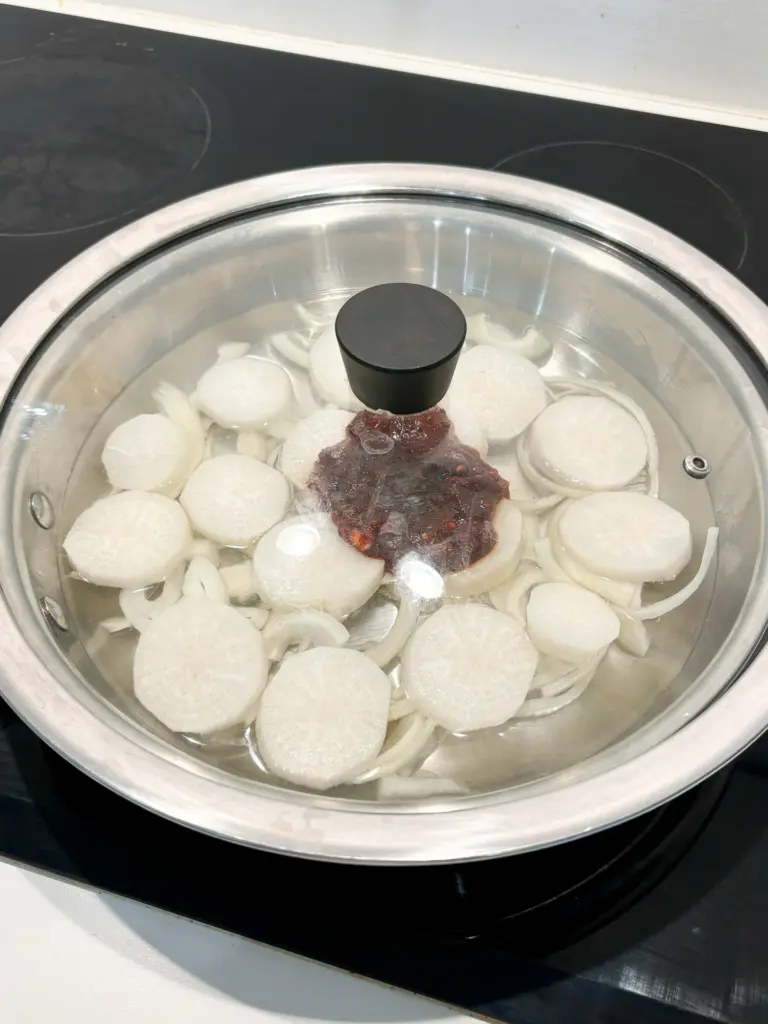
- Once the water starts boiling, reduce the heat to medium-low and simmer for 20 minutes.
Simmer
- Stir the radish.
- Add tuna to the pot.
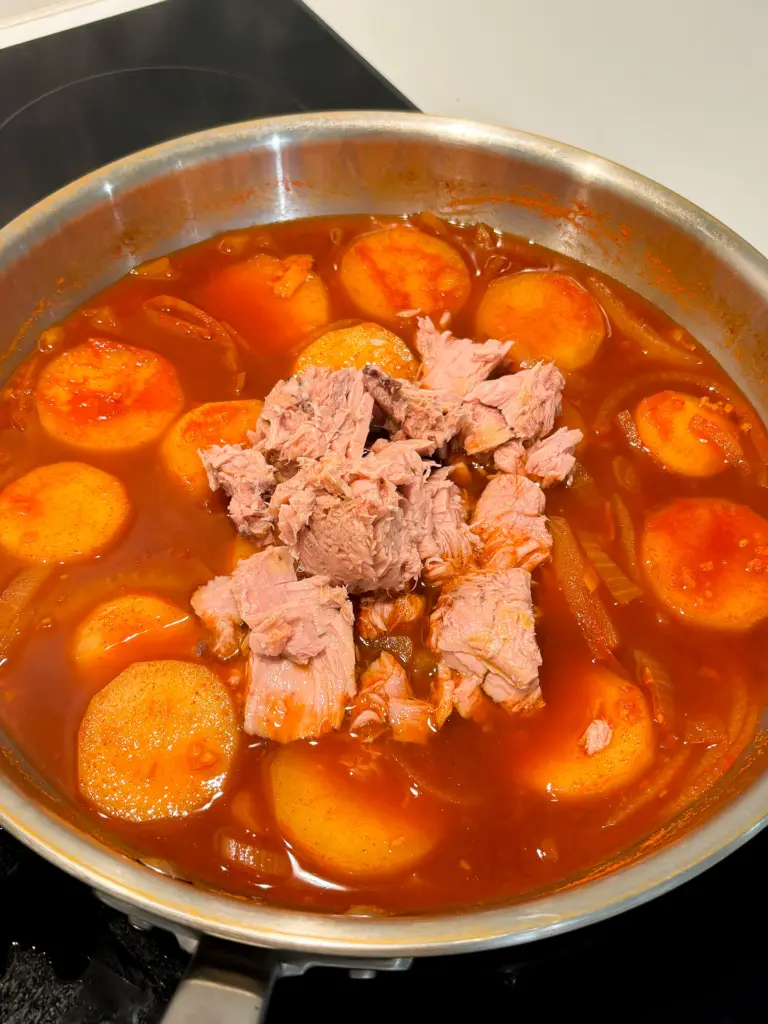
- Add spring onion.

- Close the lid.
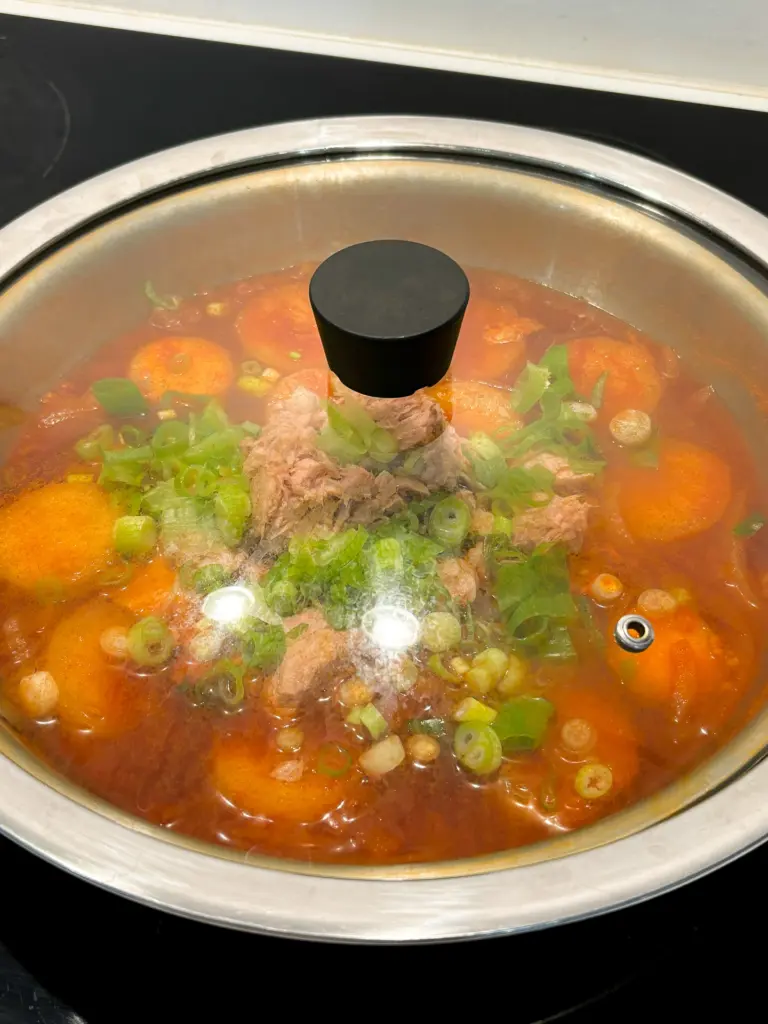
- Simmer for another 20 minutes over medium-low heat.
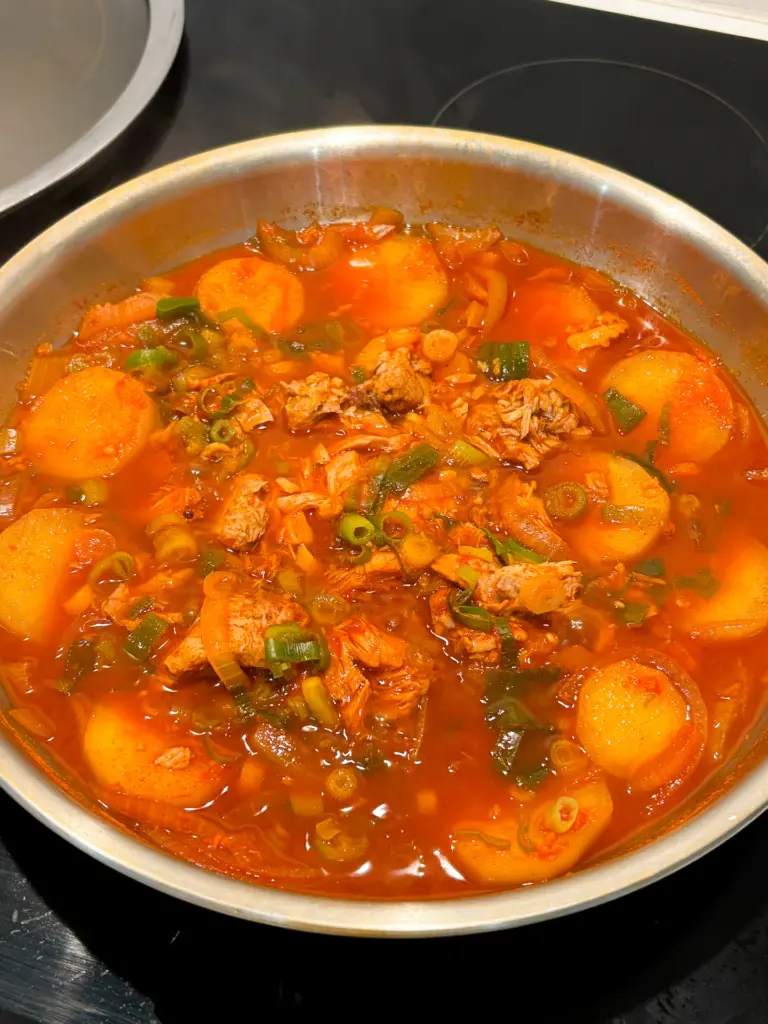
- If the heat is too high and the water reduces quickly, simply add a little more water and continue simmering.
- Adding water little by little and simmering for a longer time (more than 20 minutes) allows the seasoning to soak deeper into the radish, enhancing the flavor.
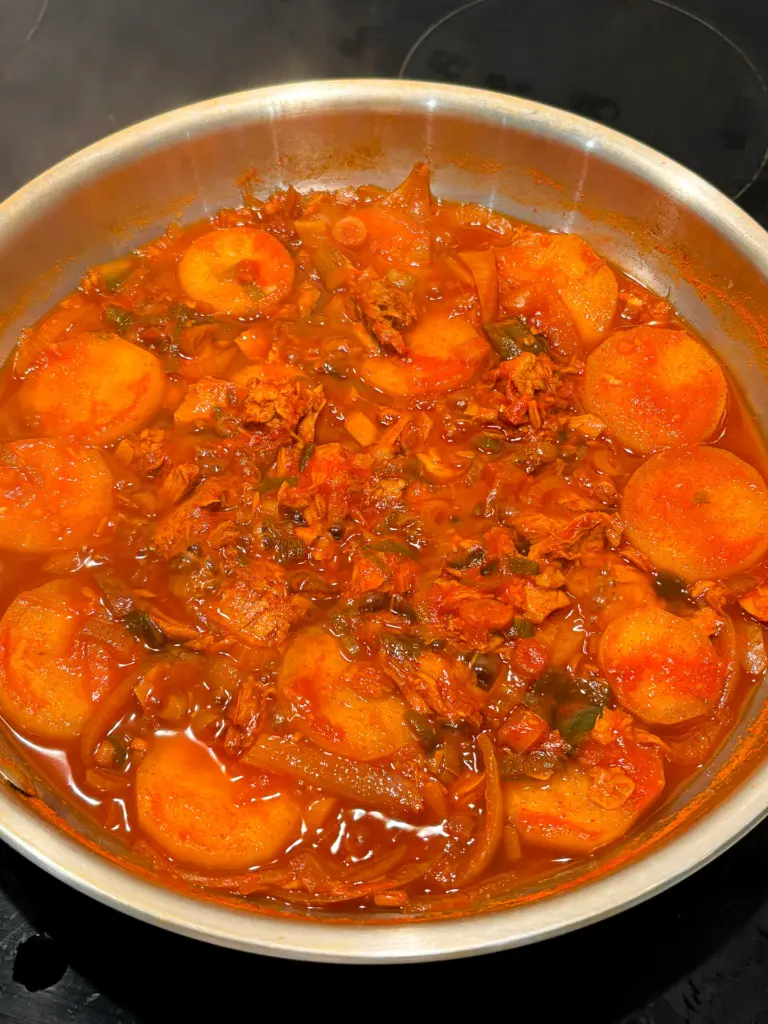
Garnish
- Garnish with chopped green onion.
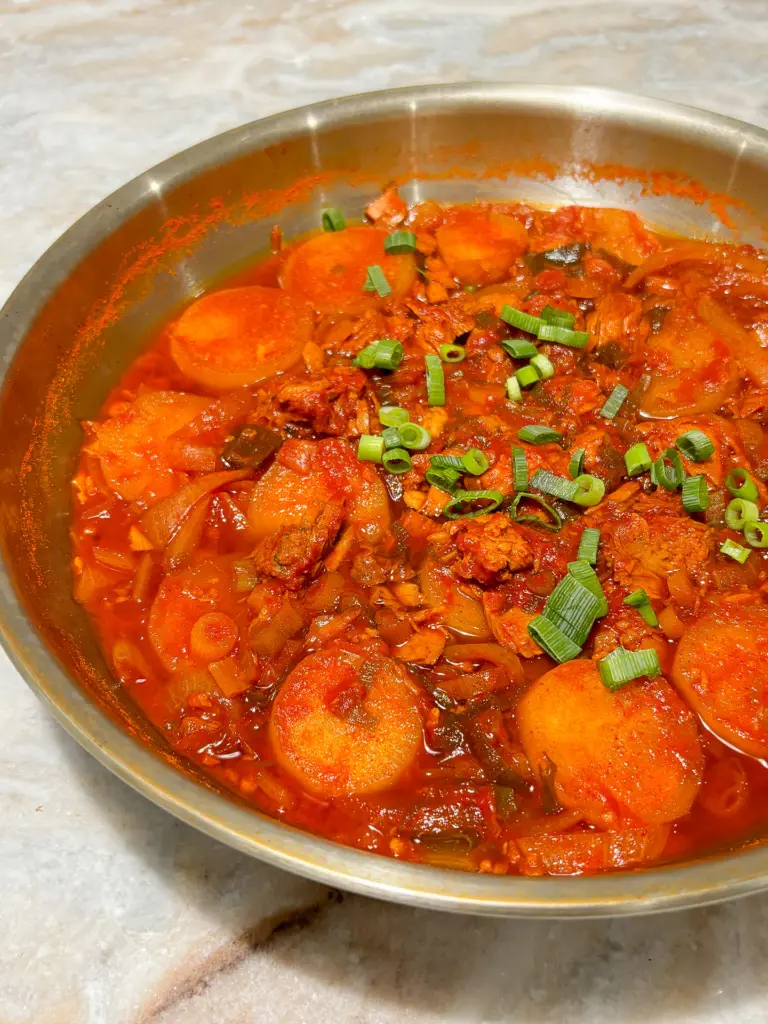
Jal meokgetseumnida!
- Braised radish with tuna (chamchi mu jorim 참치 무조림)
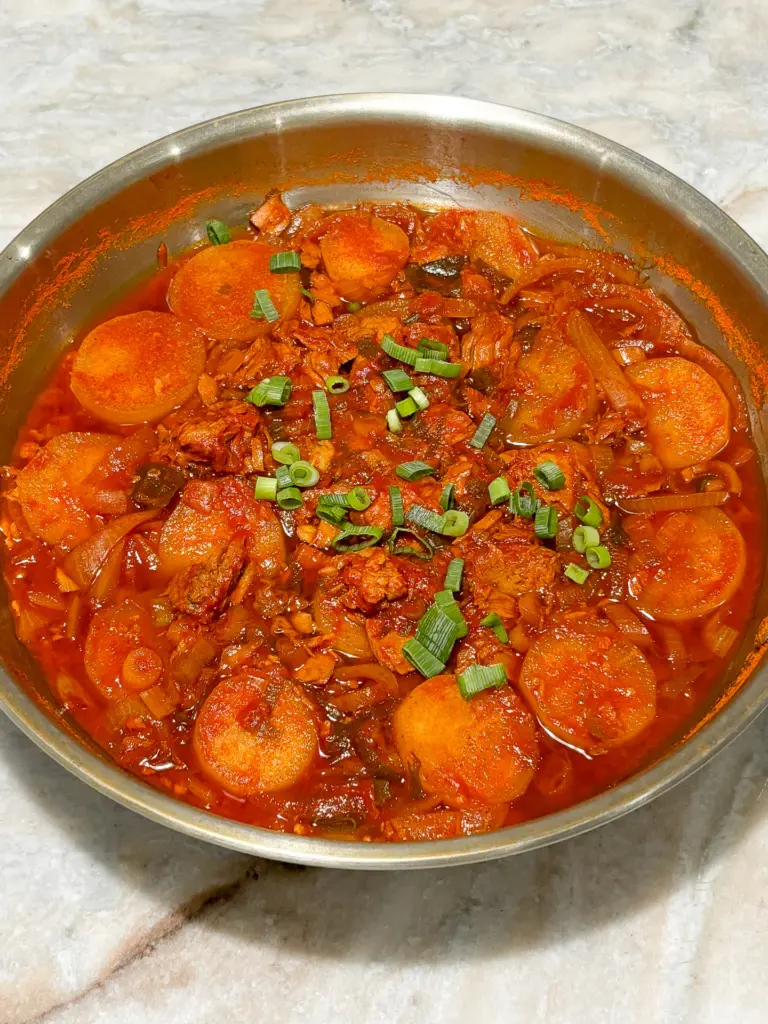
- 잘 먹겠습니다!
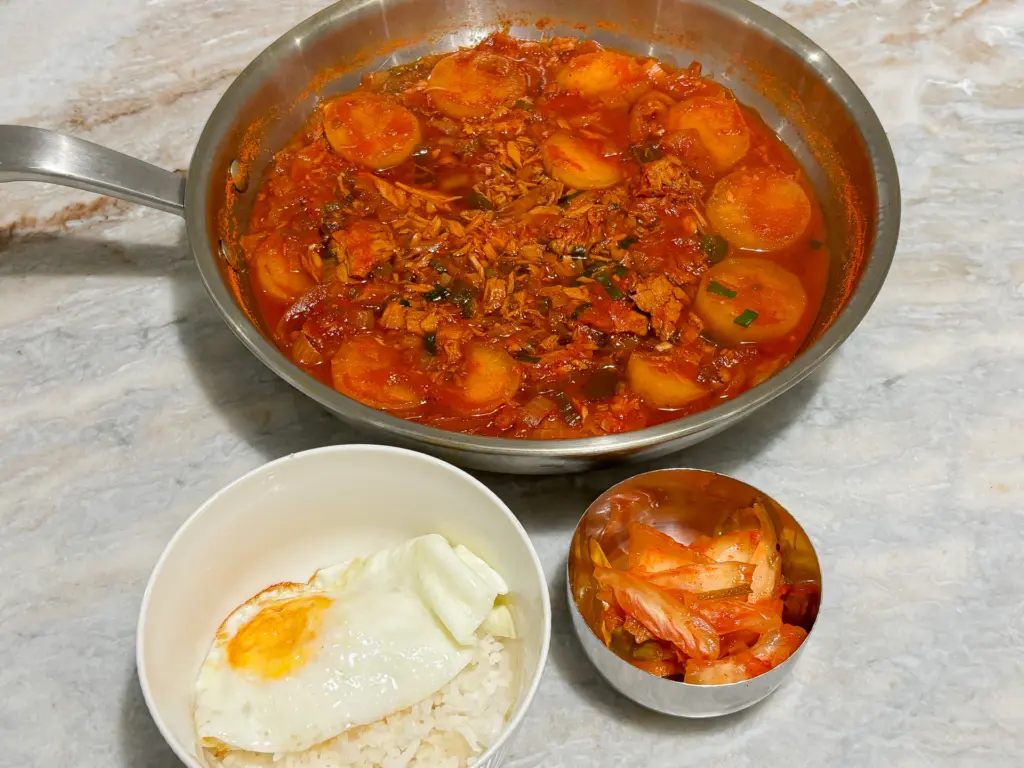
Did you make this recipe?
Please let me know how it turned out for you! Leave a comment below and tag @blondekimchi_ on Instagram and hashtag it #blondekimchi.

